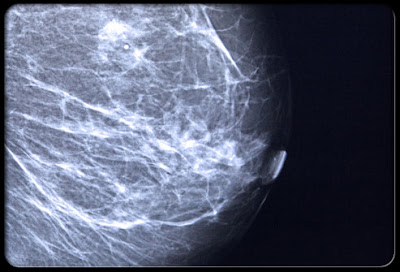Colorectal Cancer: What Is It?
Not including skin cancer, colorectal cancer is the third most
frequently diagnosed cancer in men and women and the second highest
cause of cancer deaths in the U.S. Yet, when found early, it is highly
curable. This type of cancer occurs when abnormal cells grow in the
lining of the large intestine (colon) or rectum. Learn more about who
gets colorectal cancer, how it is detected, and what the latest
treatments can accomplish.
How It Starts
Colorectal cancers often begin as polyps – benign growths on the
interior surface of the colon. The two most common types of intestinal
polyps are adenomas and hyperplastic polyps. They develop when there are
errors in the way cells grow and repair the lining of the colon. Most
polyps remain benign, but some have the potential to turn cancerous.
Removing them early prevents colorectal cancer.
Screening
Because colorectal cancer is stealthy, screenings are the key to
early detection. Beginning at age 50, most people should have a
colonoscopy every 10 years. This procedure uses a tiny camera to examine
the entire colon and rectum. These tests not only find tumors early,
but can actually prevent colorectal cancer by removing polyps.
Diagnosing Colorectal Cancer
If testing reveals a possible tumor, the next step is a biopsy.
During a colonoscopy, your doctor will remove polyps and take tissue
samples from any parts of the colon that look unusual. This tissue is
examined under a microscope to determine whether or not it is cancerous.
Shown here is a color-enhanced, magnified view of colon cancer cells.
Staging Colorectal Cancer
If cancer is detected, it will be "staged," a process of finding
out how far the cancer has spread. Tumor size may not correlate with the
stage of cancer. Staging also enables your doctor to determine what
type of treatment you will receive.
- Stage 0 -- Cancer is only in the innermost lining of the colon or rectum.
- Stage I -- Cancer has not spread beyond the inner wall of the colon or rectum.
- Stage II -- Cancer has spread into the muscle layer of the colon or rectum.
- Stage III -- Cancer has spread to one or more lymph nodes in the area.
- Stage IV -- Cancer has spread to other parts of the body, such as the liver, lung, or bones. This stage does NOT depend on how deep the tumor has penetrated or if the disease has spread to the lymph nodes near the tumor.




























